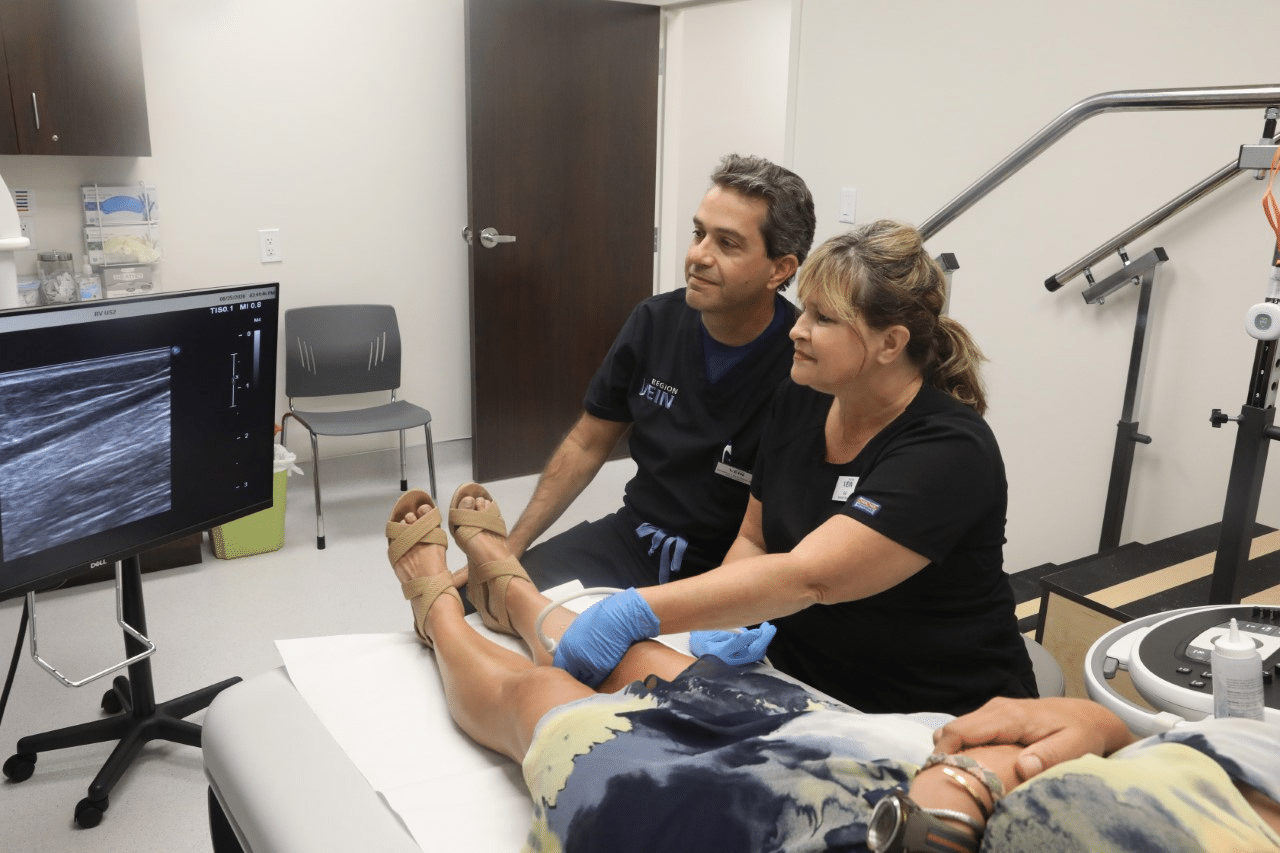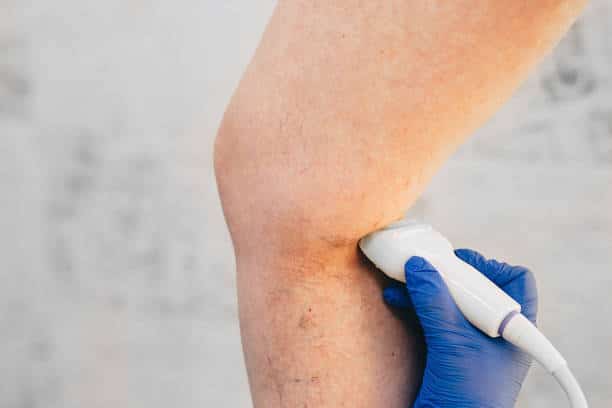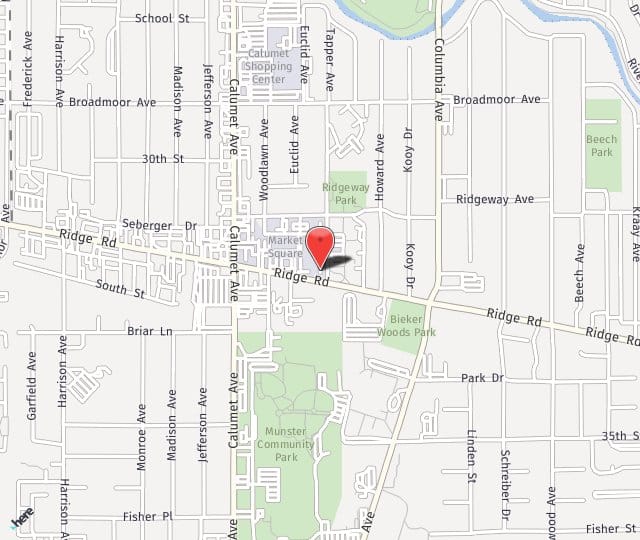At Region Vein, we understand that venous treatment can be a daunting experience, which is why we take a hands-on approach to ensure that you receive the best care possible.
Initial Consultation/Evaluation
During your initial consultation appointment, we will review your medical history, symptoms, initial ultrasound scan, and physical exam to determine the next steps for evaluation. If large “refluxing” veins are found, we will conduct an in-depth ultrasound scan with our technologist to confirm our treatment strategy. Our team will provide you with an overview of the overall treatment process, including endovenous ablation and sclerotherapy.
If your condition is isolated to the surface veins, a mapping visit is not usually required, and we will discuss treatment options such as spider vein sclerotherapy during your consultation.
Common Questions at the Initial Evaluation
Will my insurance cover me?
We understand that insurance coverage can be a concern, but our staff will check your policy deductible and whether treatments are covered. Most insurers cover larger varicose vein treatments and typically do not cover surface vein treatments. We will provide you with a cost estimate if services are not covered.
Why does my insurance require me to wear these stockings?
You may be wondering why your insurance requires you to wear compression stockings. Compression stockings, along with regular exercise, leg elevation, weight control, and the use of anti-inflammatories, may help with leg discomfort related to venous disease. While there is no scientific evidence that compression stockings reverse existing vein disease, most insurers require a trial of compression stockings before considering treatment. We will do our best to find you a comfortable, usable option.
Treatment
Documenting veins with large caliber reflux is crucial to treatment for patients who require mapping. Our approach treats these larger segments first, which is critical to long-term success and symptom control.
For large saphenous segments that are the source of reflux, we use endovenous ablation treatment or Varithena®. After these sessions are completed, we address leftover branches using a series of ultrasound-guided sclerotherapy sessions. Surface vein sclerotherapy may also be used, depending on your situation.



Financial Consultation
Our billing experts will go over the process for submitting an insurance claim with you. Authorization from insurance companies for your treatment can take 3 days to 6 weeks, depending on your insurance carrier. Certain insurance plans may also require conservative measures, which typically means a trial period of compression therapy with support stockings before other forms of vein treatment.
We hope that this information has been helpful. If you have any further questions or concerns, please do not hesitate to contact us. We are here to guide you through every step of the process to ensure you receive the best care possible.


